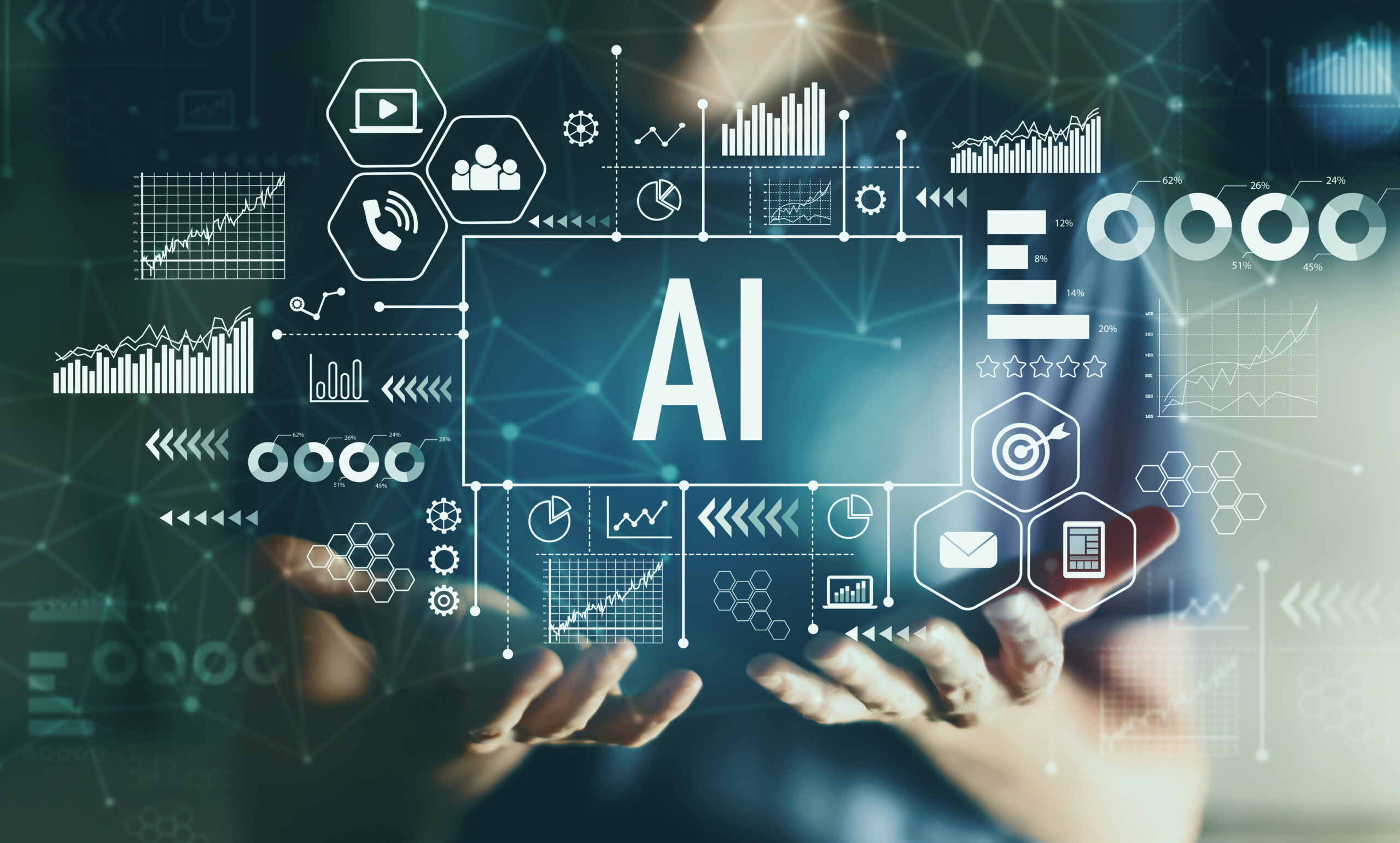Jan26

COP 28 was the 28th Conference of the Parties to the U.N. Framework Convention on Climate Change in Dubai.
Most world leaders were present, as well as leaders of major corporations and NGOs around the world.
In an opening address to the COP28 U.N. climate summit, King Charles told world leaders the dangers of climate change were no longer a distant risk and urged them to take more action.
There was a clear sense of momentum in the air, and AI innovation was understood to help channel this energy into tangible solutions.
The time for action is ripe, and Green AI is the catalyst.
The United Nations Sustainable Development Goals are 17 strategic goals set to be achieved by 2030. Of these, the climate-specific ones that have been the focus of one of the side-events at COP 28 were the A.I. Crowdsourcing A.I. and Machine Learning, A.I. for Good Innovation Factory. The partners in this initiative were the International Telecommunication Union (ITU), the International Atomic Energy Agency (IAEA), the Food and Agriculture Organization (FAO), the United Nations Educational, Scientific and Cultural Organization (UNESCO), the Tortora Brayda Institute, and the U.S. National A.I. & Cybersecurity ISAO. The organizations converged to support ITU's A.I. for Good initiative geared toward AI/ML Innovation to combat climate change.
A.I. for Good Innovation Factory is a UN-led pitching platform to help startups thrive by connecting them into a multi-stakeholder support ecosystem and providing further support and guidance from within the U.N. This Climate Change edition of the contest is open to any innovative startups using A.I., and advanced algorithms and gives startups a global stage to promote their innovative solutions.
Five problems were identified for contestants to resolve through Green A.I. sustainability ideas:
The following companies made the final cut and were awarded an Award by United Nations Leaders during the COP 28 event.
Poseidon-AITM, headquartered in Singapore and led by Dr. Amaj Rahimi-Midani, addresses challenges in the rapidly expanding seafood farming industry, which constitutes nearly 50% of global seafood production. This initiative is critical for sustainable growth and efficient water resource use, especially given the implications of climate change on aquatic ecosystems. The industry faces three primary challenges: environmental changes due to climate change, expertise and knowledge deficits, and limited financial support. Poseidon-AITM harnesses IoT, A.I., and ML.
technologies to support farmers, indigenous groups, and vulnerable communities adapt to these challenges and advance sustainable development.
Using cost-effective IoT devices, Poseidon-AITM gathers real-time data from aquatic environments and soil. This data trains AI/ML algorithms to optimize feeding, growth rates, and maturity timing and monitor nitrate levels from fish waste. Additionally, image processing refines these algorithms to reflect real-world conditions.
This approach reduces production costs by 20%, and increases yield by 35%. The algorithms are integrated into Intelligent Aquaculture Systems modules, providing expert guidance for communities. Each module generates revenue and saves 2 tons of rainwater, contributing to nine Sustainable Development Goals.
Bloom Africa is a Ghanaian startup that utilizes cutting-edge A.I. technology, including Natural Language Processing and custom models, to deliver advanced analytics in agricultural systems, providing insights through natural language and employing AI-IoT for enhanced forecasting in the face of climate change challenges. Collaborating with FAO, Bloom Africa enhances Earth Map by introducing Clarice—an A.I. chat assistant capable of interacting with Earth Map using natural language. CEO Hamza Mohammed stated: "Our A.I. assistant, Sana, revolutionizes smart farming insights, seamlessly integrating with farm data and farm management systems and providing real-time expert guidance to propel the adoption of state-of-the-art farming practices."
S.I. Analytics aims to improve global climate interpretation and establish an early warning system with two innovative services: Georain and Geocloud. Yeji Choi, CEO, explains: "Georain offers effective precipitation monitoring using high-resolution geostationary satellite imagery analyzed by AI-based radar maps. By applying a generative deep learning model with physical constraints, SIA enhances accuracy in rain rate retrieval algorithms for geostationary satellites, overcoming limitations of continuous monitoring with limited LEO satellites".
Geocloud predicts future states of geostationary satellite imagery up to 20 hours. Applying deep learning to past observation data provides reliable predictions of future atmospheric states, excelling in short-term forecasts. Geocloud utilizes the Deterministic Guidance Diffusion Model, balancing deterministic and probabilistic forecasting methods.
Based on meteorological satellite and global model data, these services are accessible globally, benefiting underdeveloped countries with limited meteorological equipment.
Finapp is an A.I. technology based on Cosmic Ray Neutron Sensing.
Finapp supports precision agriculture by providing unique knowledge of soil moisture for better irrigation, efficient water use, and hunger eradication.
Cosmic rays from space and in contact with the Earth's atmosphere generate a cascade of particles, including fast neutrons, which interact mainly with water molecules. When they come into contact with water in the ground or snow, part of the fast neutrons is absorbed, and part is reflected into the air, losing part of the initial energy; thus, slow neutrons are born.
A significant difference between the number of fast and slow neutrons implies a large amount of water and vice versa. Since fast neutrons have enough energy to penetrate inside the ground for many cm (meters in snow), the given figure is representative in depth. Conversely, slow neutrons are distributed over large distances; it is possible to monitor the water content over vast areas, about 5 hectares at sea level up to 30 hectares at altitude.
The business community has already embraced A.I. for innovation and efficiency. Now, businesses need to recognize the immense potential of A.I. in advancing sustainability. By harnessing A.I.'s capabilities, companies can foster environmentally responsible practices, optimize resource consumption, and contribute to a more sustainable world.
Keywords: AI, Climate Change, Sustainability
 The Board Chair as the Primary Lever of Psychological Safety
The Board Chair as the Primary Lever of Psychological Safety Friday’s Change Reflection Quote - Leadership of Change - Change Leaders Maintain Trust and Legitimacy
Friday’s Change Reflection Quote - Leadership of Change - Change Leaders Maintain Trust and Legitimacy The Corix Partners Friday Reading List - January 16, 2026
The Corix Partners Friday Reading List - January 16, 2026 Effective Government Is Built: A Five-Pillar Framework for Public Leaders
Effective Government Is Built: A Five-Pillar Framework for Public Leaders Tariffs, Data, and the Complexity of Compliance
Tariffs, Data, and the Complexity of Compliance